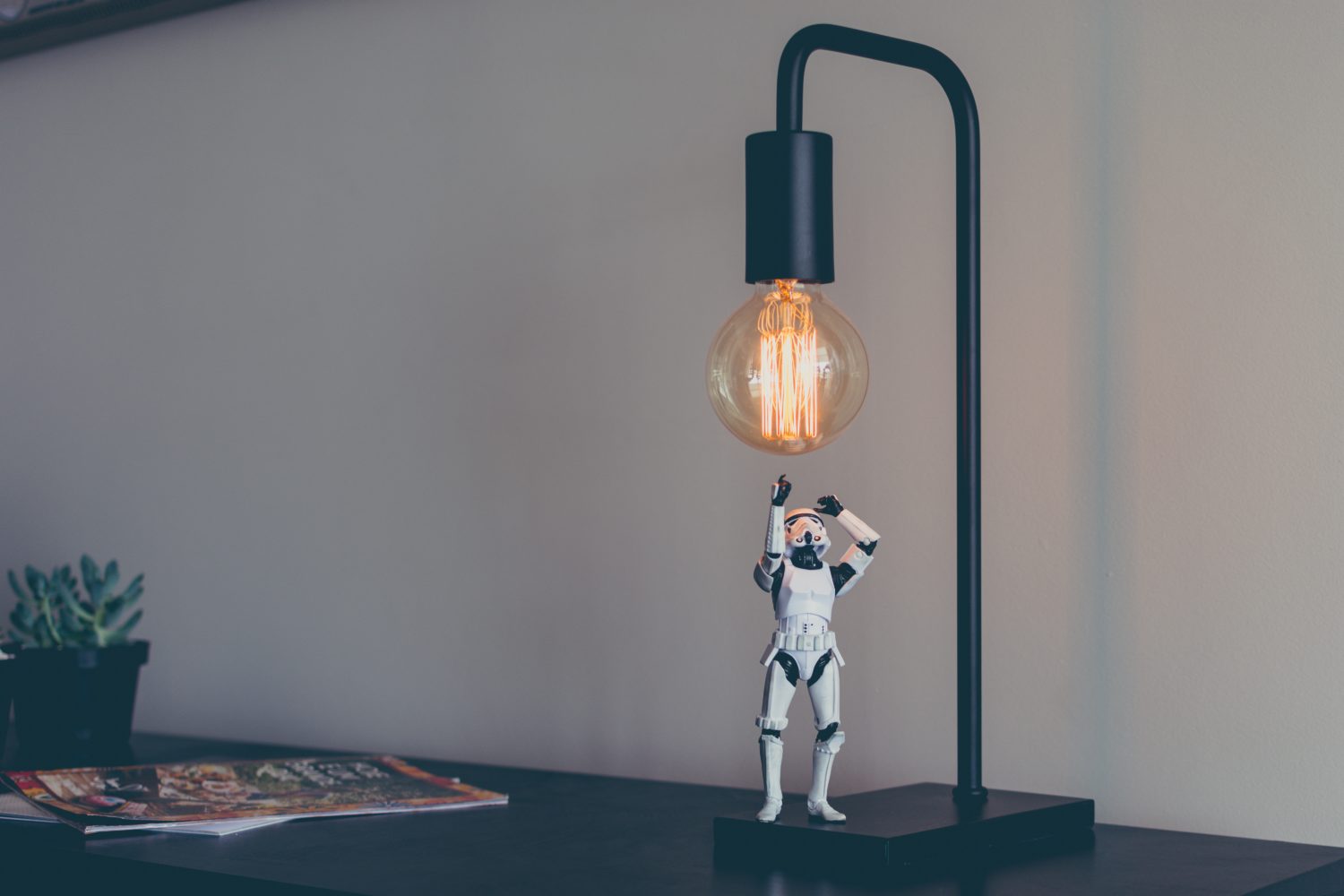AI and Future Creativity
Think about a world in which intelligent agents provide services and goods via completely seamless computing systems. No keyboards, just speaking, listening, gestures or brain interfaces. Screens pop up where they are needed, either as real projections on tables, walls or as part of an augmented reality application that is directly created on your retina. Computing resources are provisioned as needed; think giant AWS system but self-managing and fully decentralized. Resources of such a massive and shared computing environment are requested by computing agents as needed. They may come from connected devices around you: phones, routers, robots, fridges even your mirrors and light bulbs will provide you with access to computing power for whatever task you are doing right now.
In this not so distant future, most people will subscribe to personalized AI bots. These AIs grow and develop alongside their subscribers. They receive data and resources from their human companions and in return they provide support for daily chores like ordering food, household items; organizing communication and transportation; ensuring education, entertainment with art, film, poetry and music. But above all, they will do something amazing and that is co-creating with their humans. It is going to be like an augmented self.
This to me is the most fascinating aspect of future developments in AI: our human creativity will be enhanced by machines and humanity will reach a new level of creativity both on an individual and, more importantly, on a collective basis.
Many people think that this vision of the future is far away from today, but already today we see precursors and basic applications at work in several places:
- Korean startup HumOn created an AI-based system that provides your melodies with accompaniment in several musical styles. The resulting tune can be published complete with artwork, track titles and liner notes.
- Several text editors provide contextual information as you type your stories, books, research papers. As I am working on this text, I am using the “Explore” function of Google Docs. Evernote, for instance, has a function that pulls relevant articles from newspapers that you have subscribed to.
Where will computer-human co-creation lead us?
- One major impact will be felt in music and arts education where co-creation and ai-tutoring will help students learn instruments and tools with ease.
- In terms of artistic styles, we will most likely be exploring new areas, sometimes even radical forms and ways of expression, since our machines are good at finding hitherto unknown stylistic terrains.
- Autonomous AI agents will not only be of use for amateurs and beginners, however. In the hands of professionals, they will become extensions of their artistic personalities that can be subscribed to by fans and other musicians. This way, the creative vision of a world famous artist can be made available to others via the uniquely trained ai assistant of that star.
- Copyright in the sense we know will most likely have to be either completely overhauled or will be superseded by an entirely new framework. How can we account for a world in which machines co-create with humans or in which machines make art together with other machines, possible for a machine audience?
Some might think that the quality of such work will never achieve the sublimeness of the great geniuses. Others think that we are entering a new era for creativity because more people than ever before can express themselves creatively. No matter what the outcome of the creative revolution is, one thing remains true: being creative is a basic human need; it makes us happy and deeply fulfilled to create.

